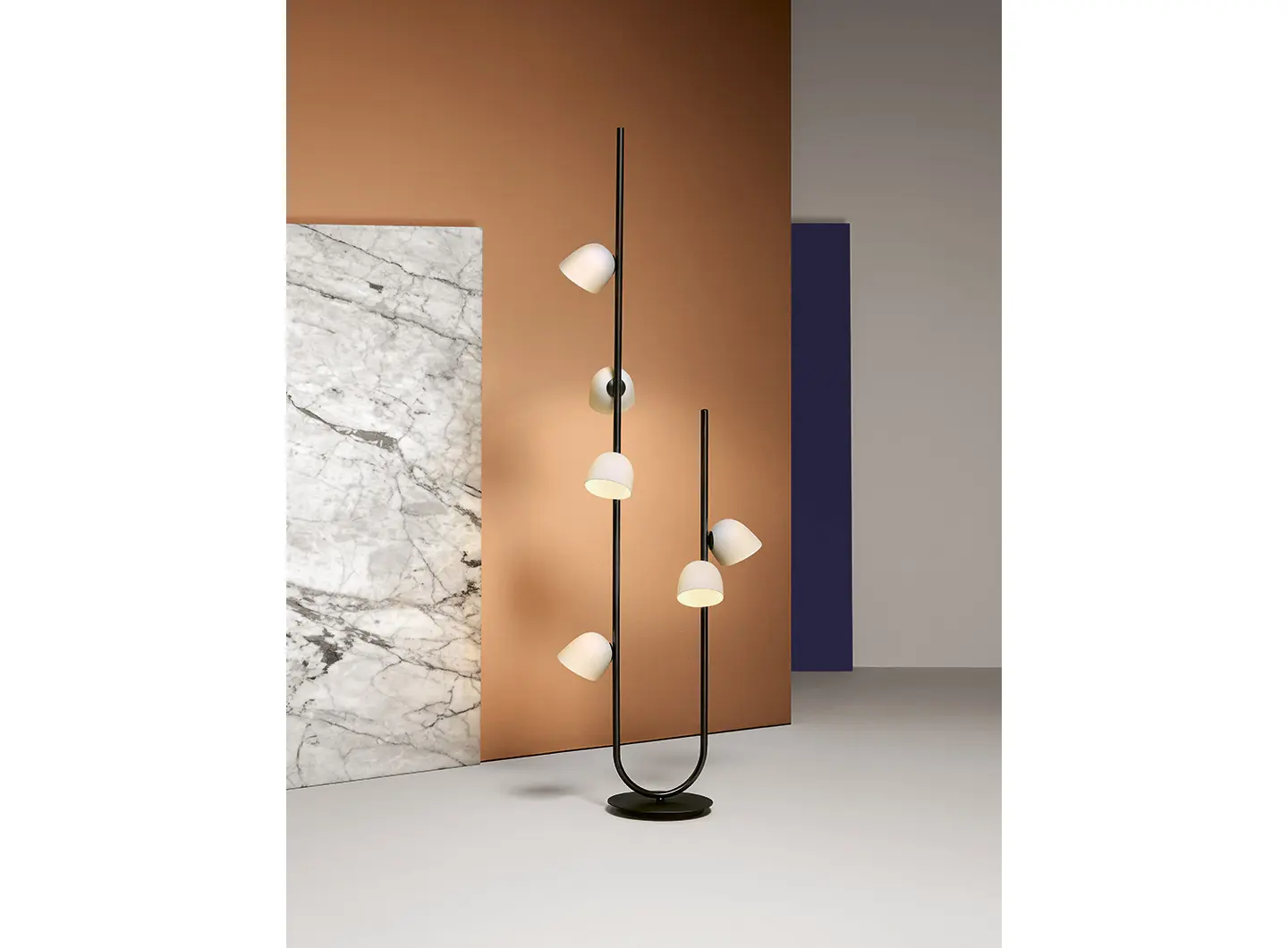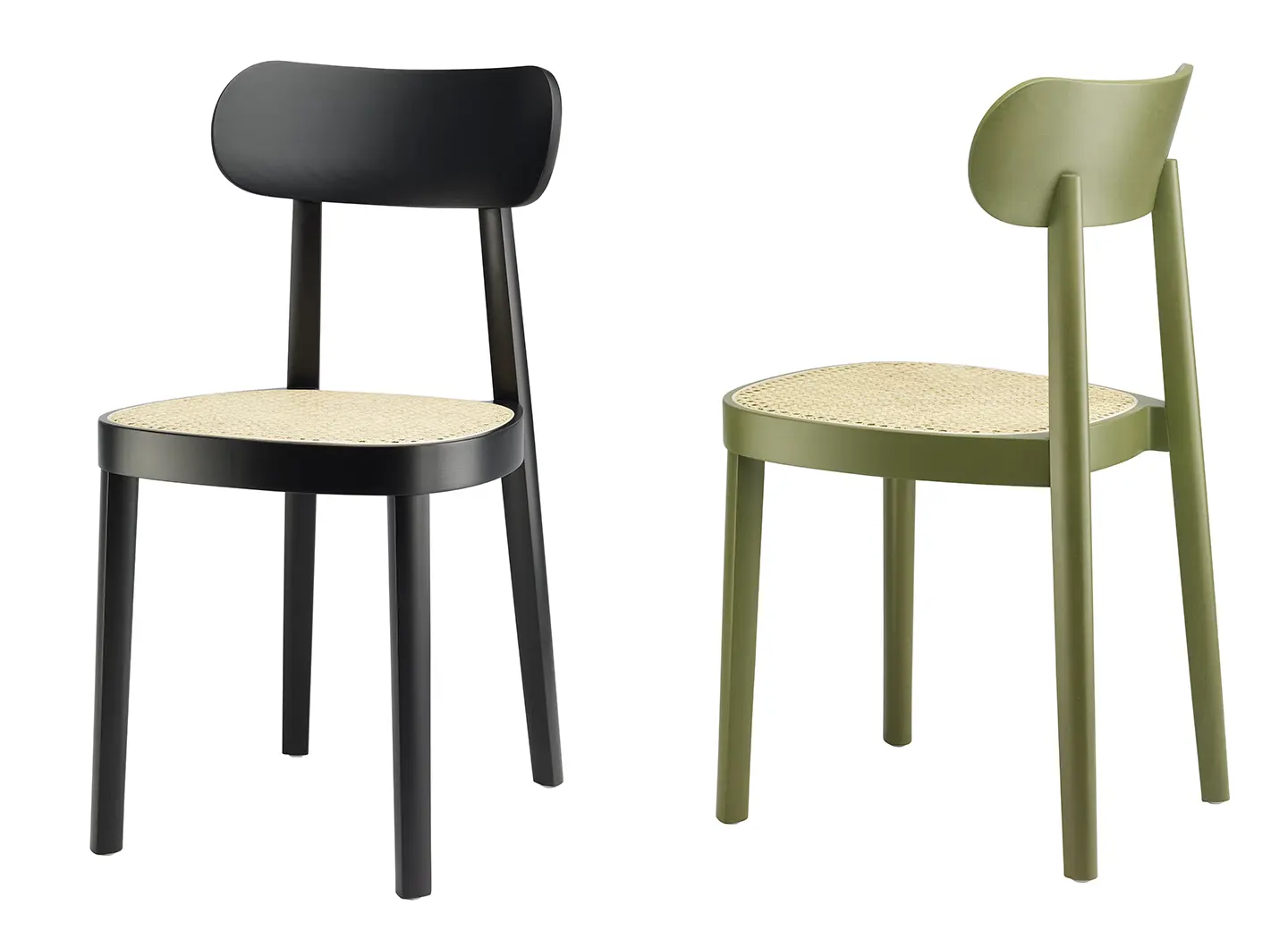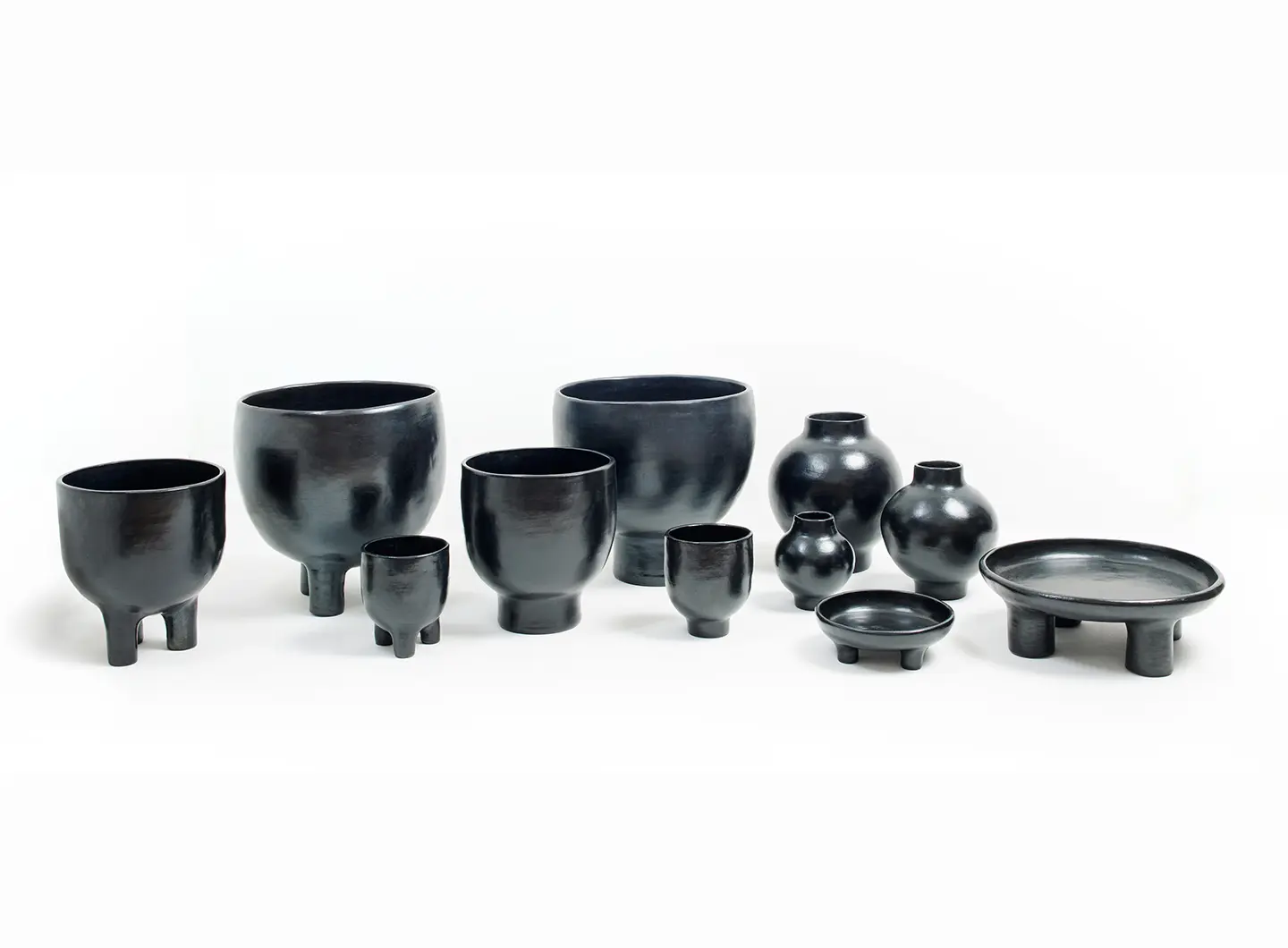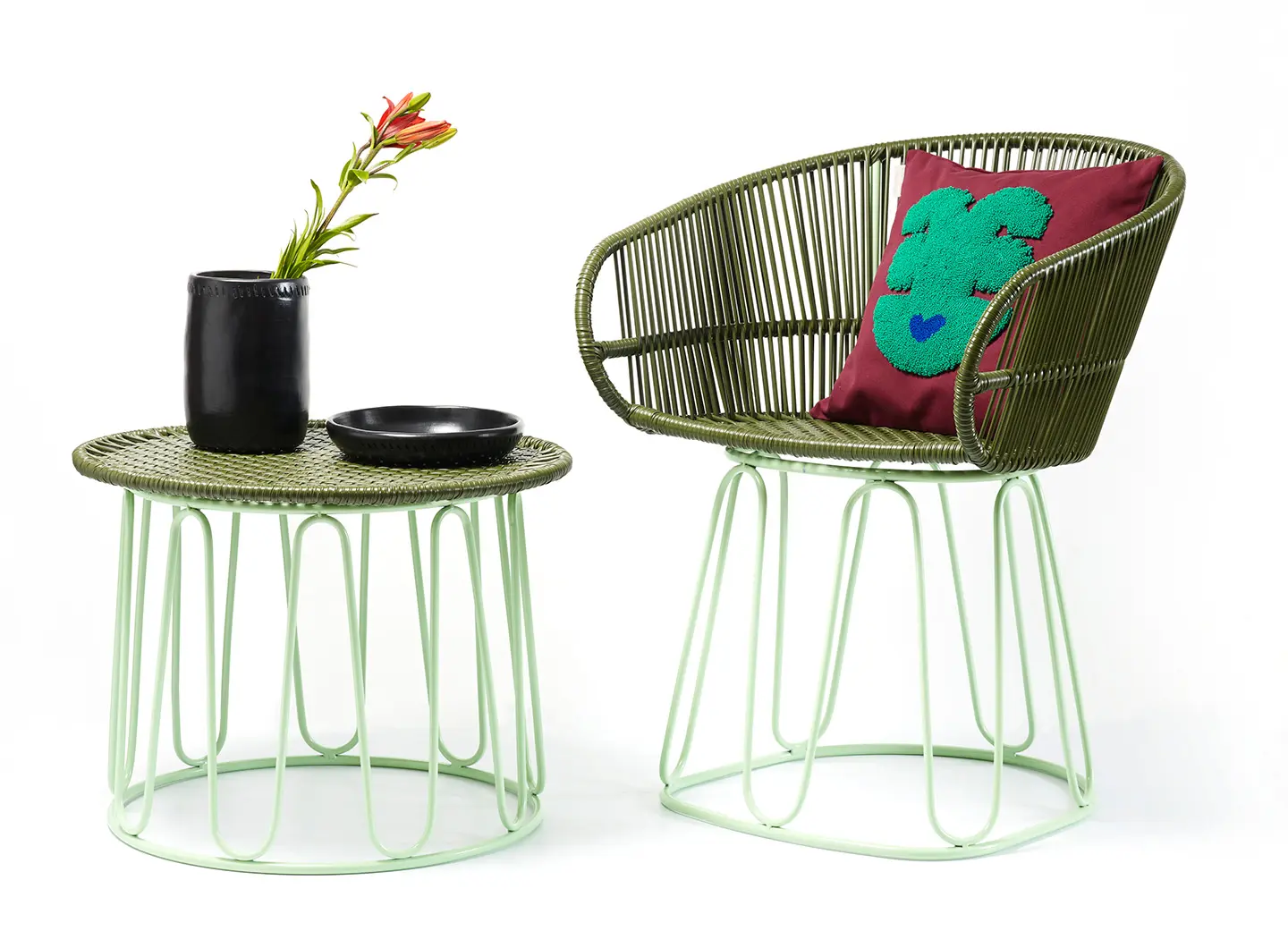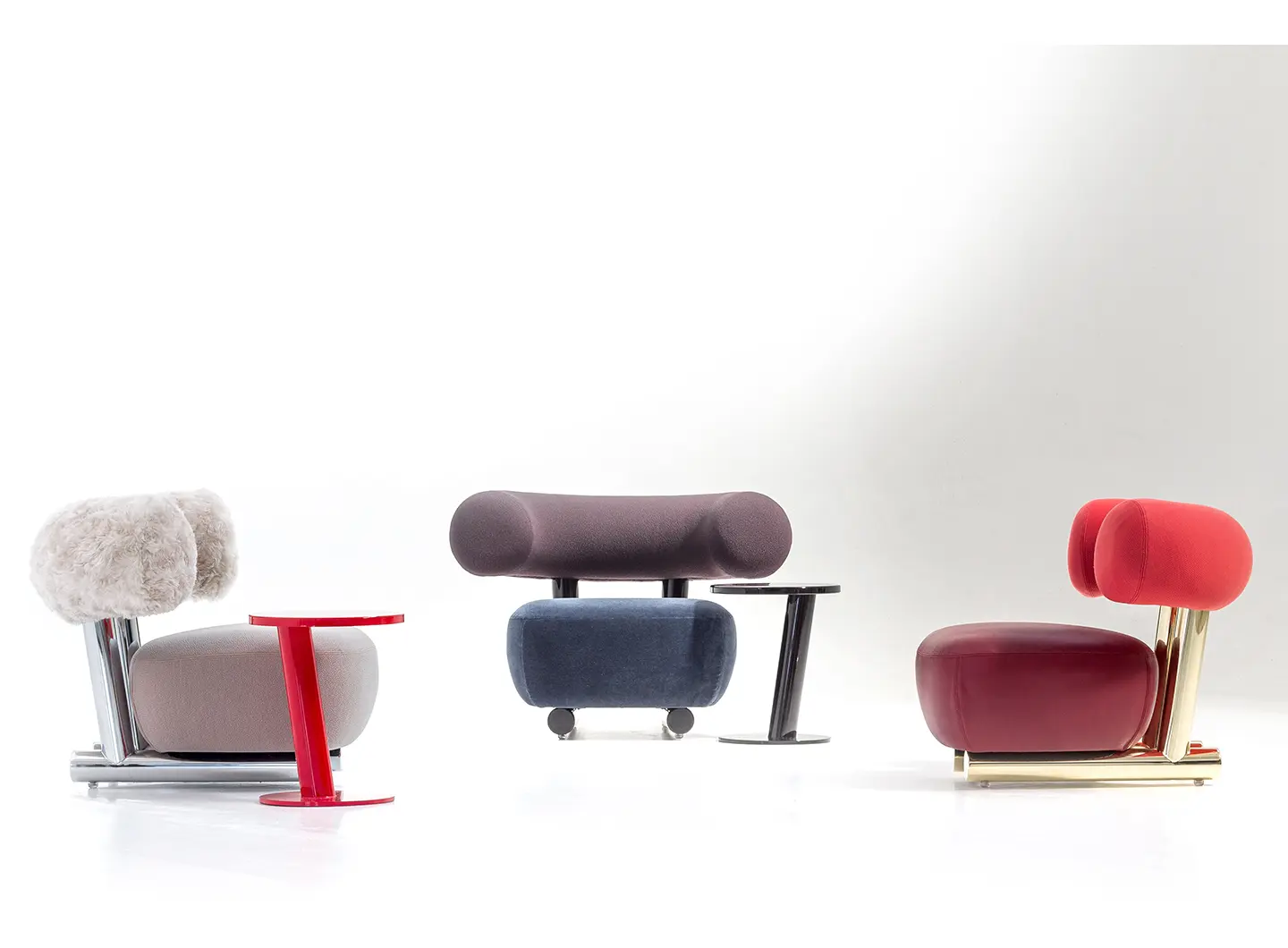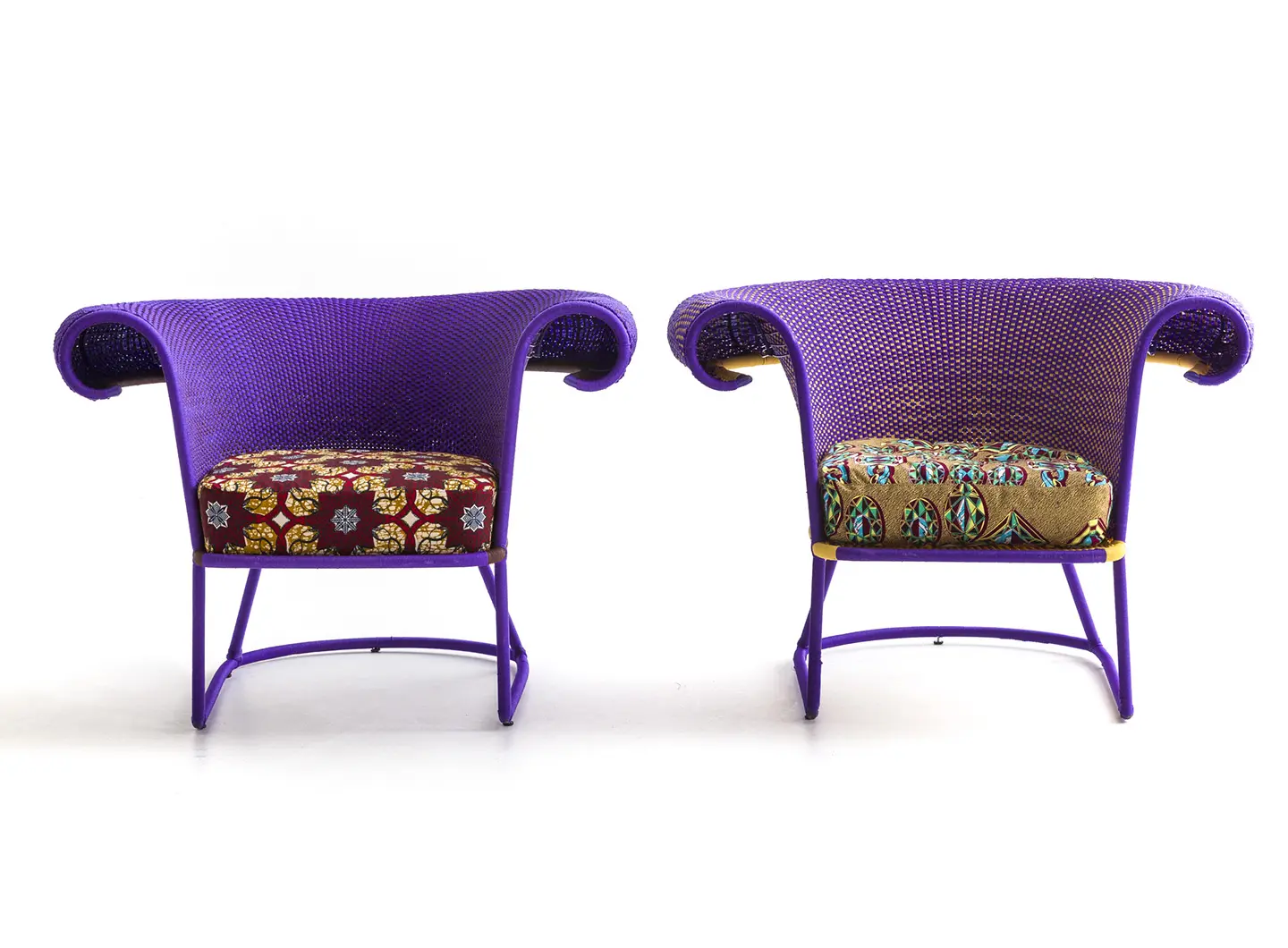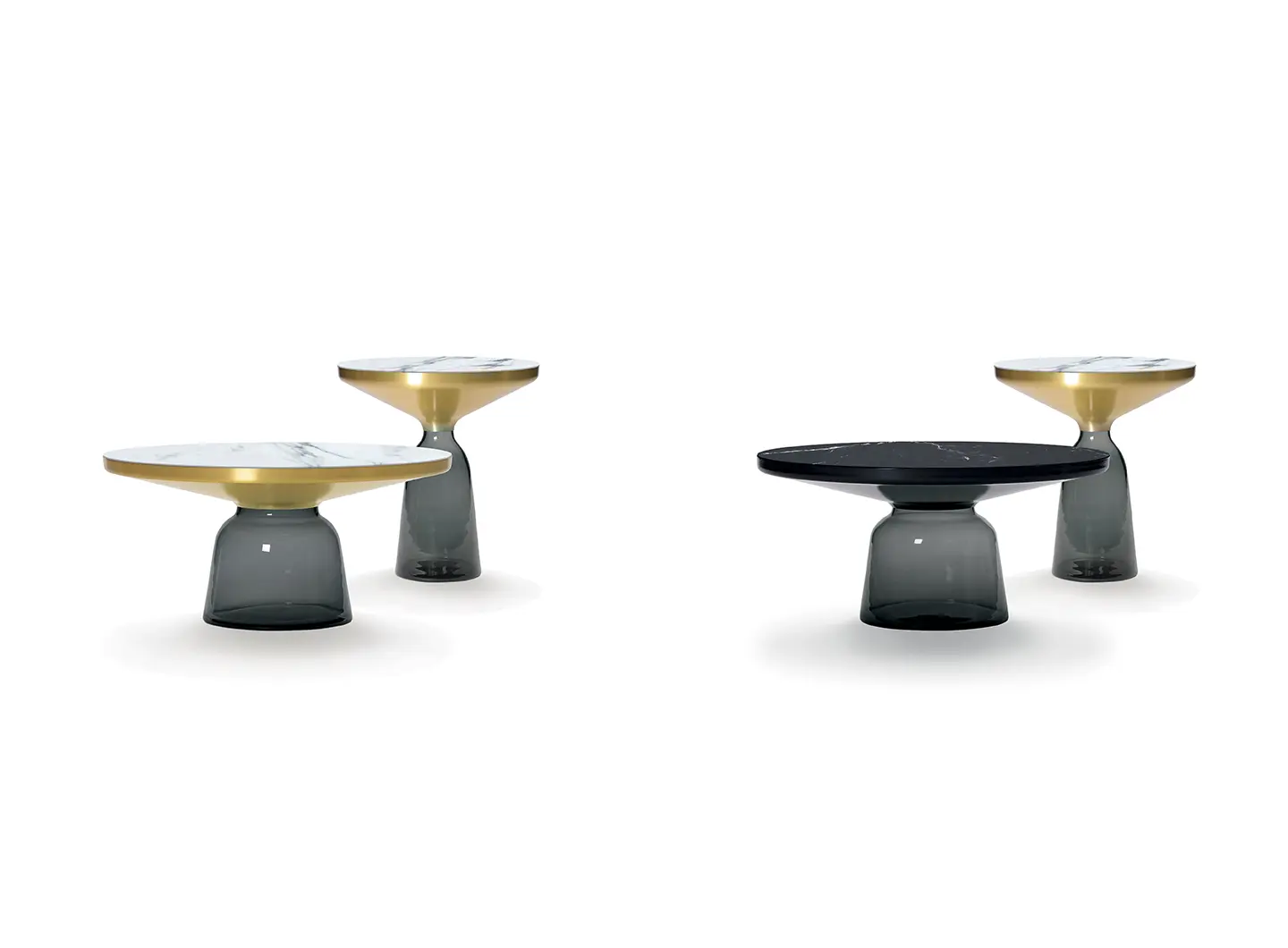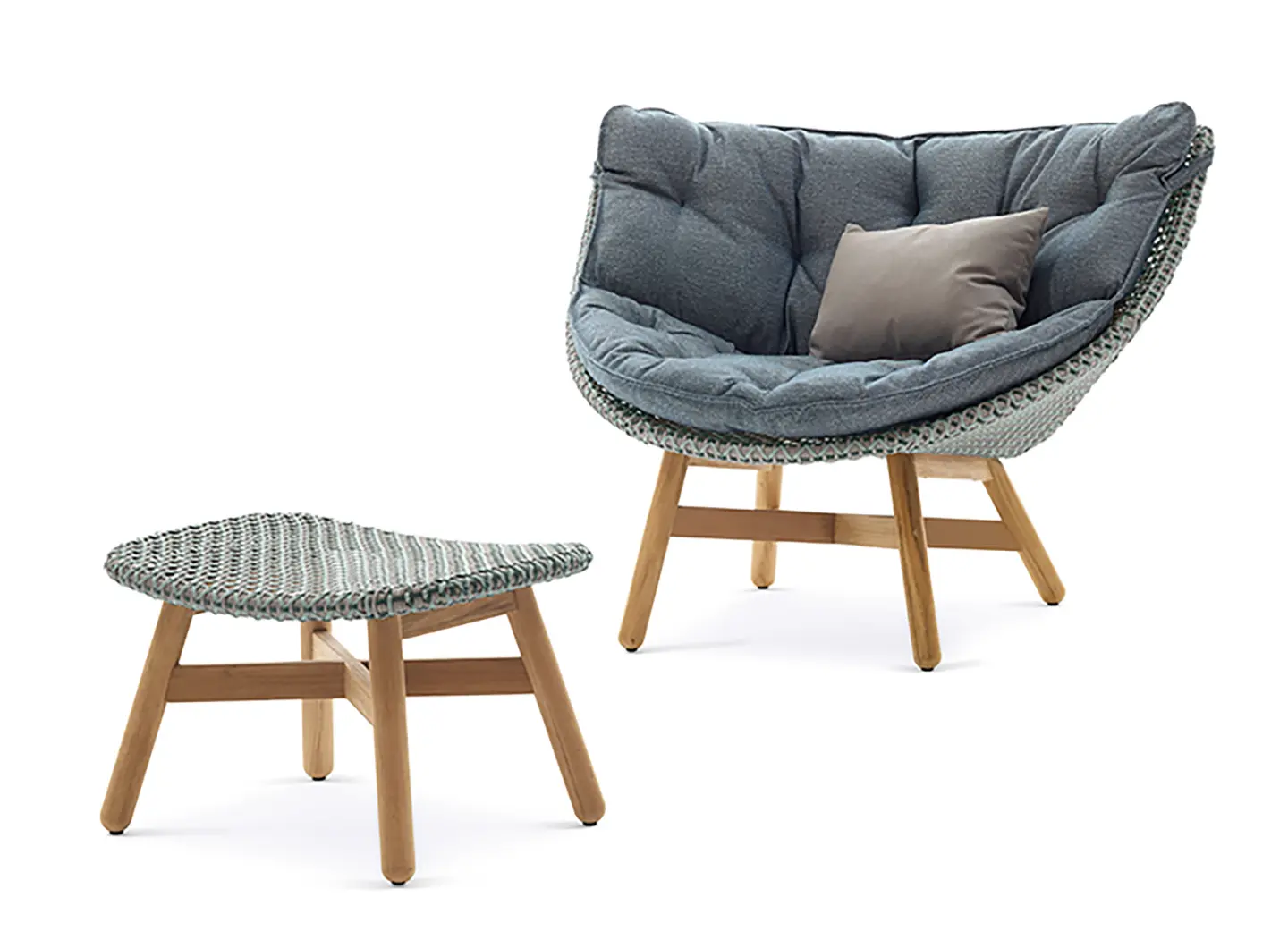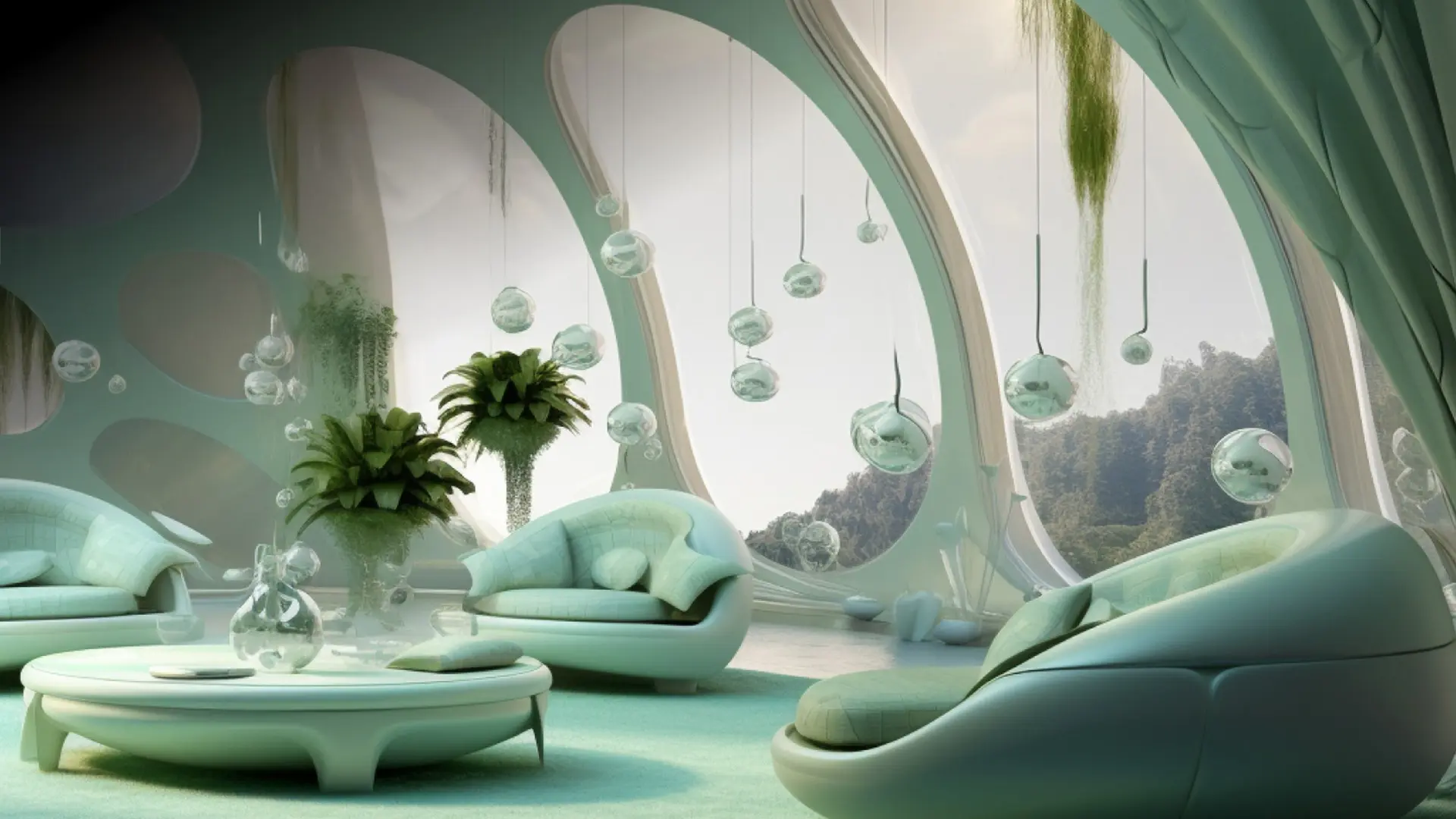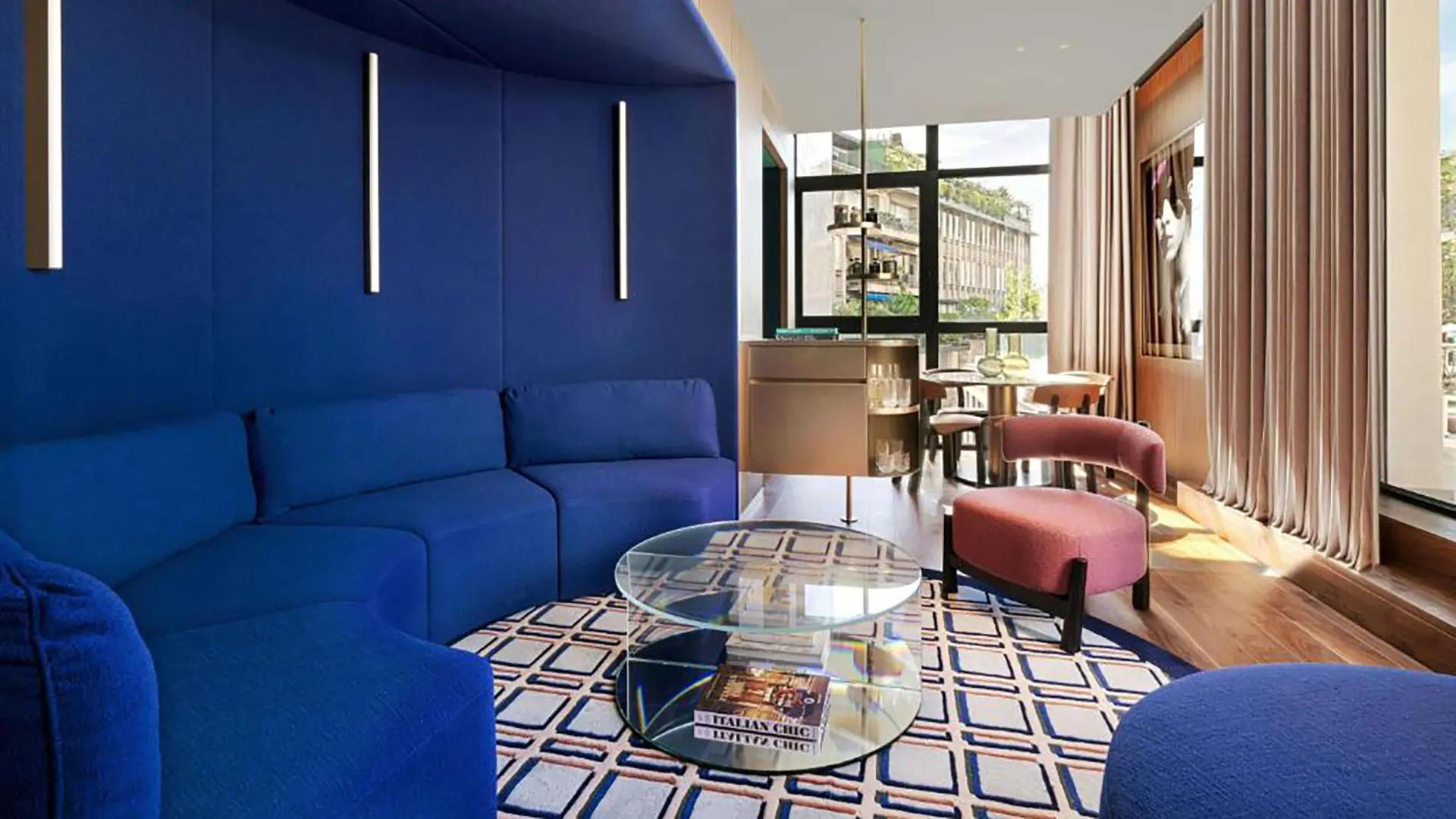From the Tokyo Design Awards, to the NY Product Design Awards & Architectural Design Awards, Best in Design, the NEB Trophy Design Competition, the Good Design Awards® and the Africa International Design Awards (AIDA), all the international news not to be missed in 2026
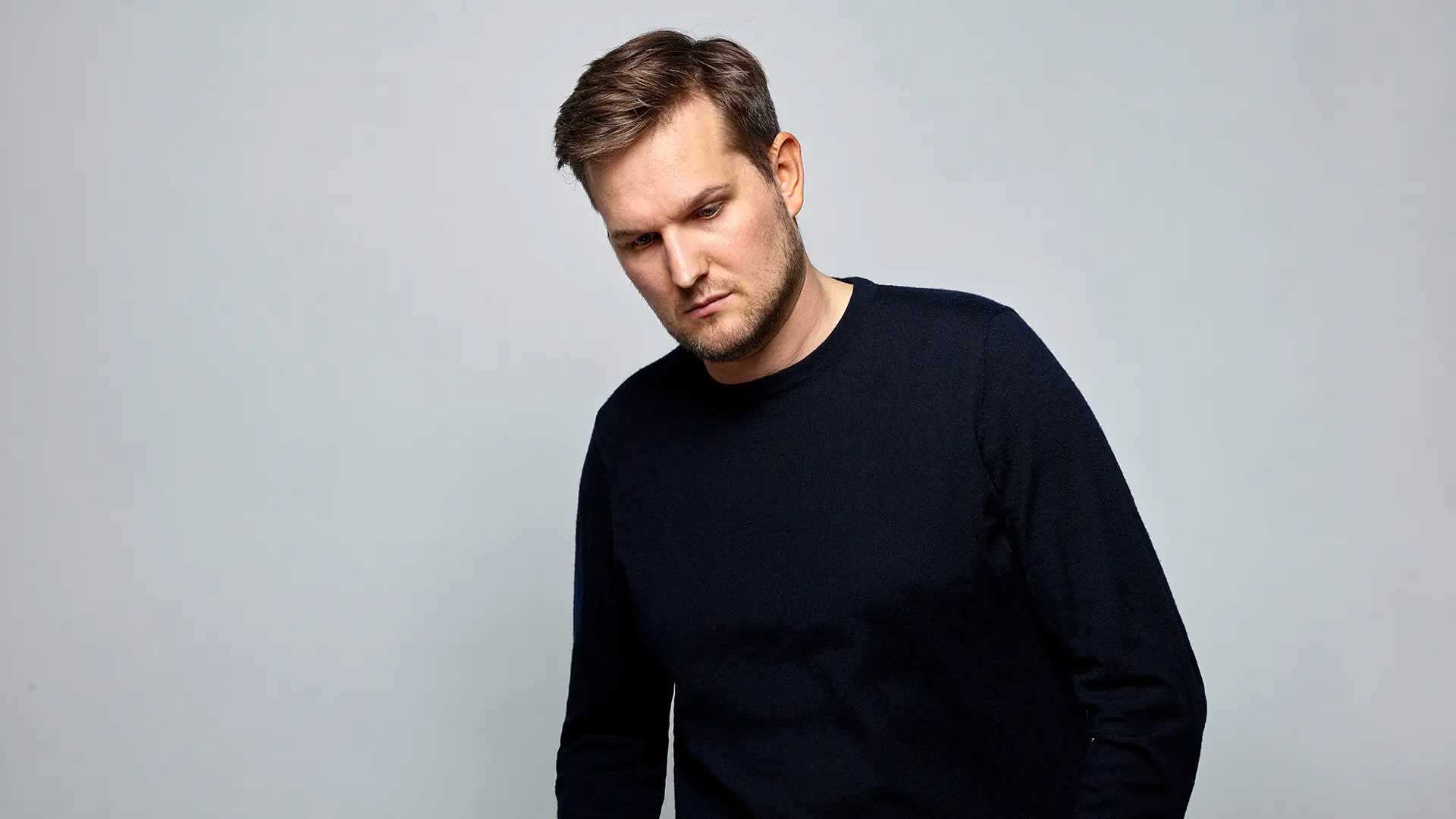
Photo by Gaby Gerster
From the Salone Satellite to internationally renowned design studios. One of the most interesting designers of his generation talks aesthetics and ideals.
As a designer, I developed my own design language and approach very early on. My aim is to create products that become companions for life. I am not interested in trendy or cheap products. I think nowadays we have a duty to consider materials and production methods carefully, with the onus on sustainability, and to act responsibly. I believe in products that combine craftsmanship and technology, culture and vision.
I am always looking for solid partners with a vision of something both unique and powerful. It is also important to have partners prepared to go down a more difficult road in order to achieve something outstanding.
Take a piece like my 118 chair for the German Thonet brand. Some of the elements are steam bent. It’s a very old technique, but lends a certain quality and character. Others are CNC milled, because it makes them more precise and it also makes financial sense. I am always trying to find the right balance to achieve the very best.
Working with craftsmen around the world is very inspiring and interesting. I learn a lot just by visiting and observing them in their workshops in Venice, Colombia or Taiwan. It is a huge cultural asset. Collaborating with them, developing new products and trying out new themes with them is a sort of social and cultural sustainability.
It is not about ideal or perfect. I am not interested in those sorts of qualities. I want people who uphold my idea of quality, value and design.
Design is very much connected to society and to its changes and challenges. Designers have to look for solutions and responses to this. We are all influenced by social media. We are constantly bombarded with information on a global scale. We work internationally. That means our designs are far more widely accessible than they were 10 years ago. This year the Salone del Mobile was the design hub for people from all over the globe. We all have the same behaviours, ideas and desires.
Perhaps the most famous piece was the Bell table for ClassiCon, but then there was also the Clip Chair for de Vorm, and my connection with Patrizia Moroso was sparked there.
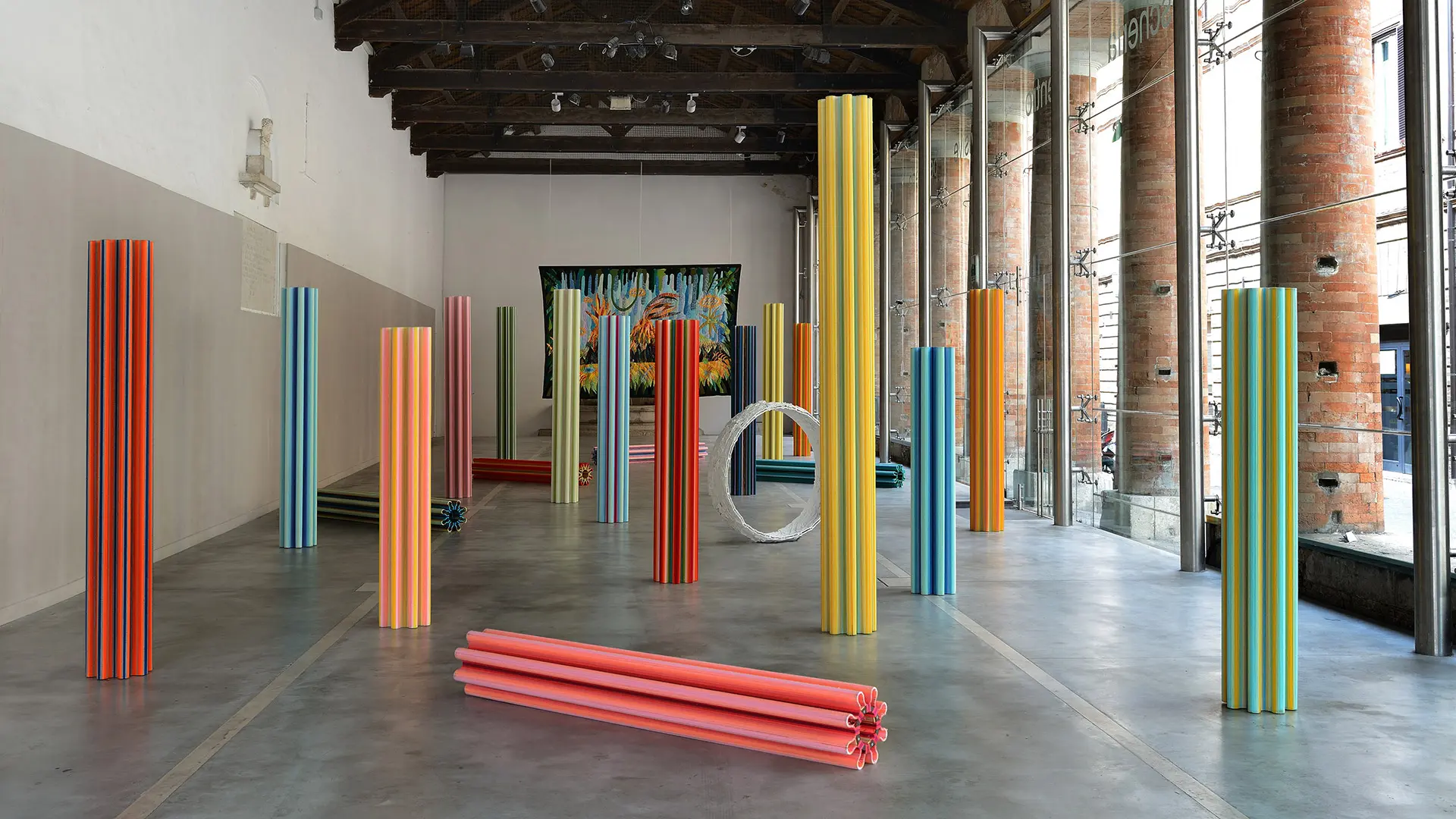
10 design exhibitions to see before the year’s end
They are all Italian and all in some way draw on the theme of memory. This is true even when they deal with current sporting events associated with the imminent inauguration of the Winter Olympics. There are ten of them and for the most part they are held in the most reserved cultural circuits, outside the mainstream. It’s even better when they’re out of town, bringing historic residences to life with gleams and flashes of good design



 Stories
Stories
